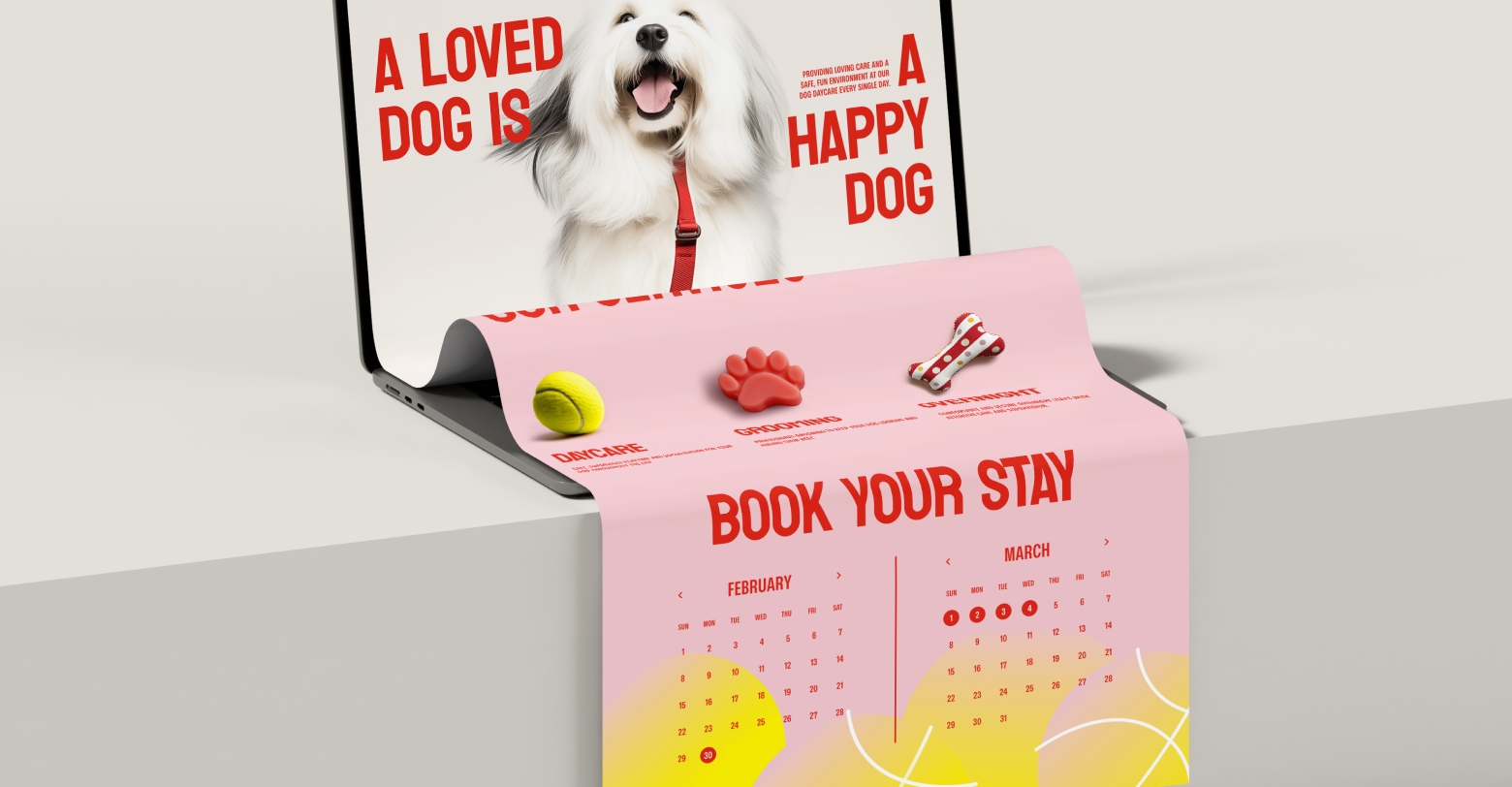Research by
Gusto, a leader in HR technology, revealed that, while 94% of their SMB respondents are happy with their payroll and HR solution, a staggering 70% would still be open to switching to a verticalized piece of all-in-one software. This might sound contradictory at first, but it really isn’t.
Our own research conducted earlier in 2024 uncovered a similar trend—SMBs want verticalized software.
When Gusto spoke to respondents using verticalized software, they largely echoed the same reasonings for their choices. One stated that “[Vertical Saas Companies] know the industry and know what my needs would be better,” while another claimed that “software that is created by people in my line of work will be most effective for my business.”
Customer spending matches these sentiments. Research by
ICONIQ Capital found that the top quartile vertical SaaS companies are growing more than 200% year-over-year after reaching $10MM ARR. Compared to their horizontal counterparts, SaaS companies who produce software for broad audiences across many industries,
vertical SaaS companies are 9% more profitable with a whopping 15% median
EBITDA (earnings before interest, taxes, depreciation, and amortization) margin.
From a profitability standpoint, this seems counterintuitive, though. Vertical SaaS companies have an inherently smaller total accessible market (TAM), yet they’re growing faster than their more “generic” counterparts with a larger TAM. How can this be? The answer lies in precisely why vertical SaaS companies are so much more performant; they’re a better fit for their market.
Integration really is everything
Denver is one of the
top coffee cities in the country. There are more than 20 coffee shops per 100,000 residents, which is
63% more coffee shops per capita than the average city. Walk into any one of them and you’re likely to encounter, in some way or another, Toast.
Toast, founded in 2012, is one of the original vertical SaaS companies. They create
specialized software and hardware for the food industry. Cafés gravitate to their solutions because they’re integrated end-to-end in a way that really understands their business.
Let’s take a step back, for a second. Imagine you want to join Denver’s thriving coffee scene with a shop of your own. We’ll call it “Latte Larry’s.” Aside from sourcing some
great beans, you’re also going to need software. In particular, you’ll need:
- Inventory management
- Employee management
- Point-of-sale
- Online ordering
- Payment processing
That’s just to name a few. If your cafe offers baked goods (it should), you might want to consider investing in a kitchen display. What about a loyalty program too? Will your cafe cater or host events? Surely it’s going to need a website, too!
Every single one of these needs can be served by unique pieces of horizontal software, but what they lack, and what SMBs crave, is integration. Toast excels not because they offer so many of these solutions, but because they offer them as one, tightly integrated “out of the box” solution.
If your point-of-sale system immediately communicates with your payment processor, kitchen displays, loyalty program, and inventory management system—you’ve just streamlined a significant amount of work! This enables your cafe to offer hands-free solutions like kiosk ordering as well as online ordering. More importantly, though, it helps your baristas turn from the register to your fancy La Marzocco espresso machine faster—improving customer experience and team efficiency. That means a higher margin, more profitable coffee shop, and, for Toast, a satisfied, loyal customer.
In fact, loyalty is one of the most important advantages garnered by verticalized software solutions. A stat
we love to cite, and for good reason, is that companies offering just one product retain, on average, 30% of their SMB customers year-over-year while companies offering two products retain 50%. That trend continues, with companies offering 4 or more products retaining, on average, 80% of their SMB customers year-over-year.
Vertical SaaS companies are uniquely positioned here because their core product often controls the most fundamental “back of the house” business data. For Toast, this is the point-of-sale system. AppFolio, another leading vertical SaaS company in the property management space,
started with accounting software.
Property management accounting is rather complex, a problem AppFolio correctly identified. Often a variety of different owners are involved, pooling their money into the building as an investment vehicle. Various rules and regulations govern the management of that money, rules that are enforced via regular auditing.
By taking ownership of such a mission-critical piece of data, AppFolio was able to build an unshakable foundation in their customer’s business that paved the way for additional complimentary software. Their next solution, payment processing, was an incredibly obvious addition. Further additions weren’t as obvious, though. It took a little legwork to understand what their customers actually needed.
What does it even mean to be “all-in-one?”
If you told a plumber to imagine their perfect piece of software, a true “all-in-one” solution, what do you think it might look like? It’d probably include some kind of marketing technology, like a website, as well as payments and a customer relationship management component—those are gimmies. However, they’d likely also expect an estimate calculator, some sort of inventory management tool, and, depending on the size of their business, perhaps even a fleet management tool.
Now, imagine an entirely different business, like a swim school. They’d probably benefit from the websites, CRM, and payments portion of that software, but they absolutely would not find value in the other facets. Why would a swim school want fleet management? Are they expected to bring the pool with them?
The point of that example is to highlight how nebulous the phrase “all-in-one” can be, especially in the realm of B2B software.
What even is “all” in “all-in-one?” The answer to that question is what separates a start-up from a unicorn in the realm of Vertical SaaS.
Every industry employs unique business practices and, thus, faces unique business challenges. All-in-one software, when verticalized to these businesses and their challenges, can solve those problems.
Veeva Systems is an American cloud-computing company focused specifically on the pharmaceutical and life sciences industries. At the time of writing, their
market cap was valued at a staggering $33.4B. What separates them from their horizontal competitors isn’t exclusively their products—there’s truly no shortage of cloud-based CRM and content management solutions. Rather, it’s their understanding of their customers’ needs, workflows, and industry regulations.
Conversely, when Vertical SaaS companies create solutions that don’t fit the needs of their customers, they can over-leverage their team and burn much needed capital. Imagine if that plumbing software from earlier had developed a payment solution, but didn’t make it available for mobile devices. Plumbing is an inherently mobile industry! This would be a non-starter for their customers and would demonstrate a complete lack of understanding on the part of the software provider.
Another pitfall Vertical SaaS companies face is when they attempt to funnel too many resources into these auxiliary products. I’ve used payments as an example a couple times throughout this article, and for good reason; it’s a popular add-on that many businesses need. However, it’s also a difficult product to develop. True payment processing requires negotiations with card networks, banks, and an absolute mountain of regulation.
Websites, another popular product extension, can overleverage engineering teams as well. However, unlike payments which may be difficult to even get off of the ground, websites can feel achievable. That is, of course, until it comes time to create something powerful enough that your customers would
actually want to use it.
Meet your customers, then build what they want
Vertical SaaS companies striving for growth cannot ignore the opportunities becoming an “all-in-one” solution presents. When done well, these platforms can expect higher levels of customer retention, increased revenue per user, and a stronger competitive advantage.
However, if this was easy everyone would be doing it. Companies who fail to understand their customers’ workflows can expect low adoption, while those who choose to build products outside of their core expertise themselves can expect to face a wide-range of operational challenges.
Success, then, lies somewhere in between. What products do your customers need, and should you build them or
partner with someone else?







